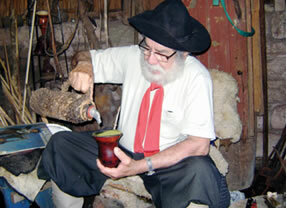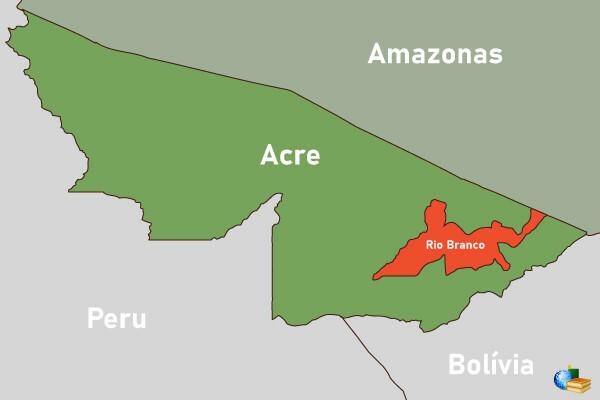Mato Grosso do Sul has a rich biodiversity and countless natural landscapes, to conceive them millions of years of evolutionary transformations were necessary. Given the immense biodiversity, the current configuration of geology, climate, relief, hydrography and vegetation in the region will be addressed.
Geology
The territory of the State of Mato Grosso do Sul has a geological formation arising from three different geotectonic units, called the Amazonian shelf, Paraguay-Araguaia metamorphic belt and basin sedimentary.
Relief
The state's relief does not have high altitudes, in general the territory's surface is predominantly flat.
The highest points are the Bodoquena and Maracaju mountains, however, with modest altitudes. In this context, throughout the geographic space of Mato Grosso do Sul, the average altitude varies between 200 and 600 meters above sea level.
In the state there is still a large portion of plains, in which the altitude does not exceed 200 meters, it is in this area that the Pantanal is present. The region, during rainy periods, suffers flooding caused by the type of relief.
Climate
The climatic manifestations are the most varied, however, the predominant climate is tropical, with two well-defined seasons, one rainy (summer) and the other dry (winter). In these places, the average temperature varies according to the relief, as in the lower parts the annual average temperature is 26ºC, while in the plateaus it is 23ºC. Rainfall rates reach 1,500 mm per year.
Do not stop now... There's more after the advertising ;)
In the extreme south of the state, the climate that influences is subtropical, with an average temperature of around 20ºC, which may, in winter periods, reduce the temperature below 10ºC.
Hydrography
Mato Grosso do Sul has its territory drained by the Paraná River and its tributaries (Sucuriú, Verde, Pardo and Ivinhema), those to the east of the State, the west is drained by the Paraguay River and its tributaries (Aquidauana and Miranda).
Vegetation
The vegetation cover presented in the territory of the State is not homogeneous, it is defined by many researchers as an area of transition, in this way, vegetations such as cerrado (mostly this one), Amazon forest, fields, Atlantic forest, dry forest. This complex vegetative fusion provides an increase in the diversity of fauna and flora species.
By Eduardo de Freitas
Graduated in Geography
Would you like to reference this text in a school or academic work? Look:
RIBEIRO, Thiago. "Natural aspects of Mato Grosso do Sul"; Brazil School. Available in: https://brasilescola.uol.com.br/brasil/aspectos-naturais-mato-grosso-sul.htm. Accessed on June 28, 2021.


